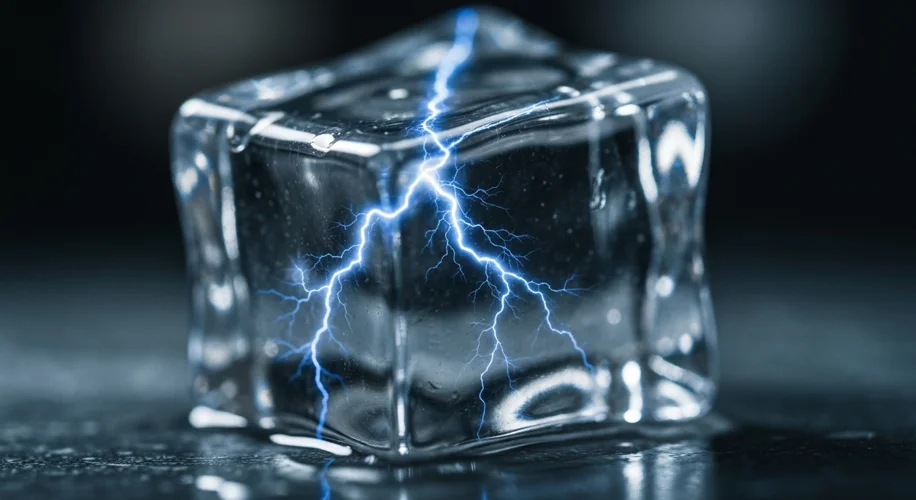Did you know that ordinary ice, the stuff that chills our drinks and freezes our food, holds a hidden talent? Scientists have recently discovered that when you bend ice, it can actually generate electricity! This is pretty wild, and it opens up some really fascinating possibilities for how we think about energy.
Think about it: the simple act of deforming ice creates an electrical charge. This phenomenon is called the pyroelectric effect, and while it’s been observed in other materials, seeing it happen with something as common as frozen water is a significant breakthrough. The research, which you can read more about from Energy Reporters, highlights that this electrical generation happens due to the way water molecules are structured in ice.
When ice is bent or stressed, the arrangement of these molecules shifts, creating a separation of positive and negative charges. This imbalance is what leads to the production of electricity. It’s a bit like a tiny, temporary battery forming within the ice itself!
This discovery isn’t just a neat scientific curiosity. It has the potential to unlock revolutionary energy applications. Imagine devices that could harvest energy from natural processes involving ice, like the freezing and thawing cycles in colder climates. Or perhaps even smaller, more portable generators that could be powered by simple mechanical actions involving ice.
One of the most exciting implications is that this property of ice might even help us understand some of nature’s most powerful electrical events – like lightning. While the exact mechanisms behind lightning are complex and still being studied, this discovery offers a new angle to explore how atmospheric ice crystals might play a role in generating the electrical charges that lead to thunderstorms.
As a scientist, I’m always excited to see how everyday materials can reveal extraordinary properties. This finding reminds us that there’s still so much to learn about the world around us, even in the most familiar forms of matter. It’s a testament to the power of scientific curiosity and the unexpected places it can lead us.

